Which Hydrangea?
thefof Zone 8/9 UK
3 years ago
last modified: 3 years ago
Featured Answer
Sort by:Oldest
Comments (14)
Related Professionals
Camp Verde Landscape Contractors · Monterey Landscape Contractors · Rosemount Landscape Contractors · White Bear Lake Landscape Contractors · Four Corners Landscape Contractors · Norridge Landscape Contractors · East Hanover Landscape Contractors · Homewood Landscape Contractors · Mason Landscape Contractors · Middle River Landscape Contractors · Middletown Landscape Contractors · Palm Beach Gardens Landscape Contractors · Soddy Daisy Landscape Contractors · Silver Firs Landscape Contractors · Rahway Siding & Exteriorsthefof Zone 8/9 UK
3 years agothefof Zone 8/9 UK
3 years agofloral_uk z.8/9 SW UK
3 years agolast modified: 3 years agoEmbothrium
3 years agolast modified: 3 years agohyed
3 years ago
Related Stories
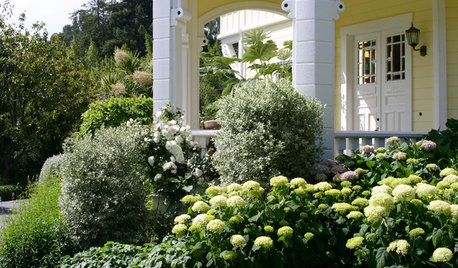
GARDENING AND LANDSCAPINGHave a Ball With Hydrangeas
Even if you don't tinker with the hue by changing the soil, hydrangeas have an entertaining range of uses in all kinds of landscapes
Full Story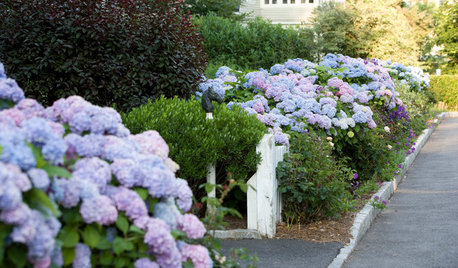
FLOWERSWhy You Should Give Hydrangeas a Place in Your Yard
The exuberant mop-headed beauties evoke dreams of an endless summer by the sea
Full Story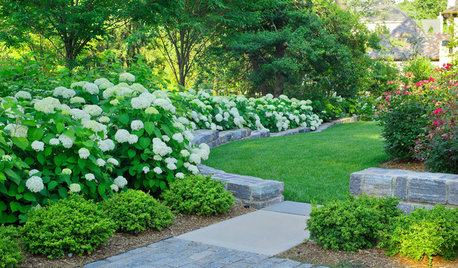
FLOWERS AND PLANTSHydrangea Arborescens Illuminates Garden Borders and Paths
This long-blooming eastern North American native shrub finds a home in landscapes around the world
Full Story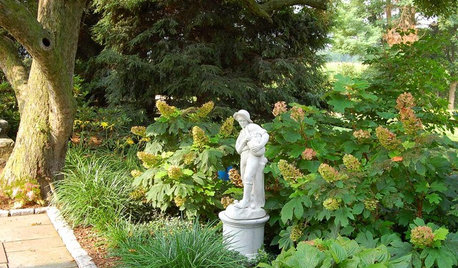
GARDENING GUIDESGreat Design Plant: Oakleaf Hydrangea
Consider this full, flowering shrub for year-round beauty in the garden as you plan your fall plantings
Full Story
GARDENING GUIDESCalifornia Gardener's June Checklist
Update your hydrangeas, catch up on tomatoes and more ways to enjoy your California garden in June
Full Story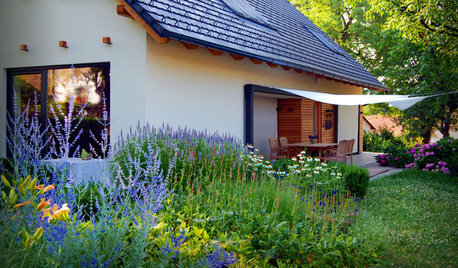
LANDSCAPE DESIGNRelish the Romance of a Slovenian Garden
Dappled with coneflowers and bursting with hydrangeas, a romantic European garden near the Julian Alps inspires enchantment
Full Story
GARDENING GUIDESHouzz Call: What’s Your Favorite Backyard Beauty?
The simple, honest daisy is this writer’s go-to garden flower. We want to hear which plant, flowering or otherwise, gives you special joy
Full Story
ARTA Gallery Wall for Every Personality
Eclectic, ambitious, inspired, dreamer? Which art-wall type are you?
Full Story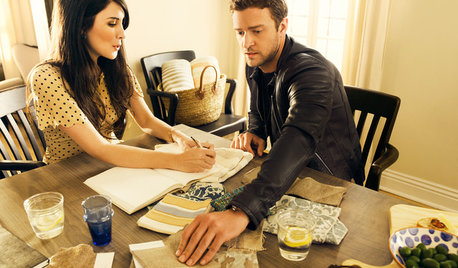
TASTEMAKERS10 Snazzy Home Spruce-Ups from Estee Stanley
The star-connected stylist reveals her favorite accent pieces, the secret to fab flowers and which fabric always looks great
Full Story
INSPIRING GARDENSWe Can Dream: Lush Life on a Historic Normandy Estate
New gardens surround centuries-old buildings on a 10-acre property in France, creating a beautiful haven
Full Story





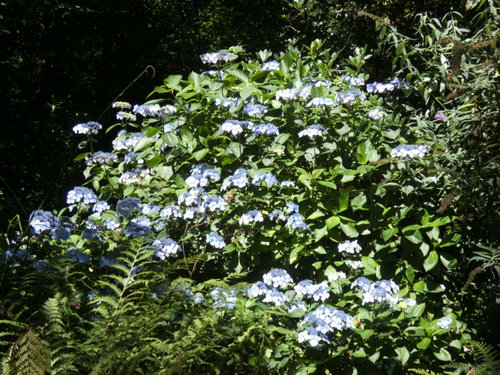

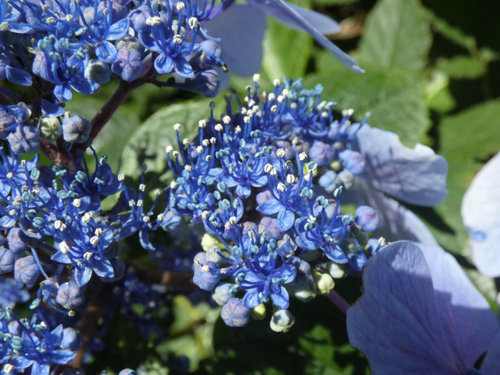
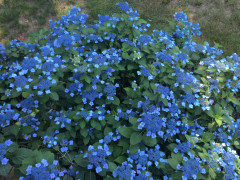
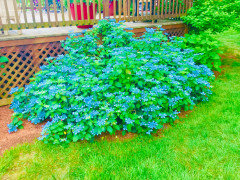
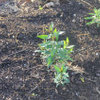

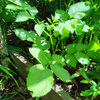

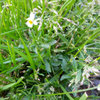
thefof Zone 8/9 UKOriginal Author